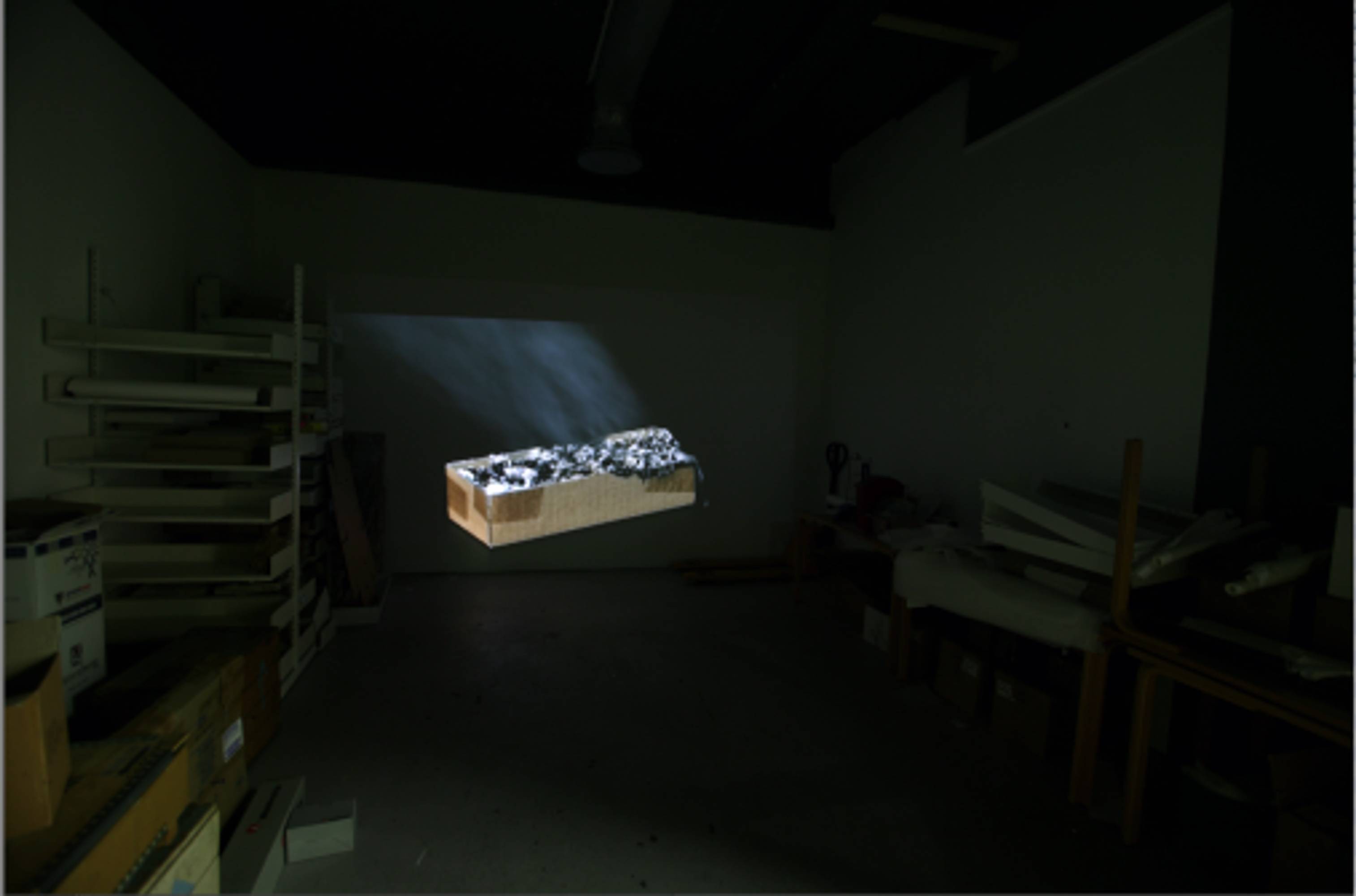RUNO LAGOMARSINO – VIOLENT CORNERS
Curated by Luigi Fassi
The work of Runo Lagomarsino (Malmö, Sweden 1977, lives and works in São Paulo, Brasil) is based in multi-textual research aimed at the investigation of the historiographic, geographic and mathematical models that helped to ensure the colonialist domination of the world by Western modernity. How does the relationship between the invention of the historical-geographic description of the planet on behalf of the European concept and its political sphere articulate itself? The investigations of Runo Lagomarsino attempt to provide an answer to this question, starting from the perspective of comparative cultural analysis, suggesting the possibility of new forms of cultural interpretations that provide an alternative and opposing viewpoint to those asserted and transmitted by modern European thought.
The first individual show of this Swedish artist to be held in Italy – Violent Corners – presents a series of recent and unpublished works based on the relationship between European colonial history and the South American continent from the 16th century until today.
The work A Conquest Means Not Only Taking Over (II) (2010-11) refers historically to figure of Francisco Pizarro, the Spanish conqueror who led the occupation and the submission of the empire of the Incas of South America at the beginning of the 16th century. Historians document how Pizarro was neither able to read nor write, and how the administrative files of his authoritarian power were authenticated by a double curlicue in place of a signature. Between those two squiggles, a notary countersigned a warrant of the juridical authenticity of the file itself. In its subtle form and close to the forms of an abstract drawing, this graphic sign was representative of the Spanish conqueror’s identity. It represented in a way the manifestation of European colonial power, becoming the sanction of acts of violence and oppression, designed to change forever the history of both the New and the Old World. The installation of Lagomarsino reproduces the “signature” of Pizarro in the form of a wallpaper, giving the private and familiar character of decoration to the symbol of Spanish colonial power. The installation is set around the wallpaper in a multitude of minimal and quotidian objects and exhibits Lagomarsino exhibits the sedimentation of modern European, which imposes itself through the most domestic and common forms, keeping the rest of the world in check through a network of meanings and interpretations. Thus, Lagomarsino displays a theatre of colonial experience through the usage of different objects, among them a notice board made of compressed wood, photographs and parts of frescoes, which together form a sort of compass leading through the intellectual matrix of centuries characterized by the domination of European thought.
The research of the artist continues with the work Contratiempos (2009-10), an installation that derives inspiration from the Ibirapuera Park in São Paulo, the huge park which was conceived by Oscar Niemeyer and Roberto Burle Marx in 1954, following the model of the Modernist rationalism of Le Corbusier and implementing it in the South American context. Inside the park a large number of buildings of public and cultural significance for São Paulo are situated, among them various museums. All of these buildings are connected to each other by an extended and sheltered path, the Grand Marquise do Parque do Ibirapuera, which was laid out in cement. Contratiempos consists of 30 slides showing ruptures, cracks and splits in the cement pavement of the Marquise, which reproduce in a surprising resemblance the form of the South American continent. In this way, the artist has built – with minimal means and without changing anything – a random but actual cartography of South America, a resemblance to the continent that was constructed in an approximation of desire and imagination. Thus colonialism, desire and exoticism all converge in a subtle way within this work, with the small-scale presence of the sculptural model of the Marquise complicating again the narration installed by Lagomarsino. In fact, a wooden maquette reproduces in abstract and de-contextualised terms the sinuous forms of the structure of the Marquise in the Ibirapuera Park.
Space, temporality, cartography and appropriation constitute the supporting axes of the research on colonial thought undertaken by Lagomarsino, and these are realized in a strictly metaphoric form in The G in Modernity Stands for Ghosts (2009). This video work displays a cardboard box filled with rolled-up paper balls, fragments wrested out of those spaces that have been classified inside the geographic atlas of Earth as unknown and unexplored. The matchstick on the box sets the entire structure on fire, and thus transforms the box into a coffin that destroys itself, dragging the terrae incognitae of the globe into symbolic dissolution. They are bound to become smoke and ashes, and again are the ghosts of a cartographic network that had destined them to oblivion. As the title of the work alludes, modernity becomes a means of instruction and ideological control, but one which contains ghosts inside it – one of alternative possibilities and diverse epistemological developments which have been deprived of their legitimacy by dint of an act of cartographic exclusion. The artist emphasises that those bodies which are considered to be strange are expelled, and that of these there remains no trace, not even in the letters of the word modernity. Thus, the artist focuses with provocative irony on the excluded, the ghosts of modernity, re-including the “G” of the word ghost into the body of the word modernity.



